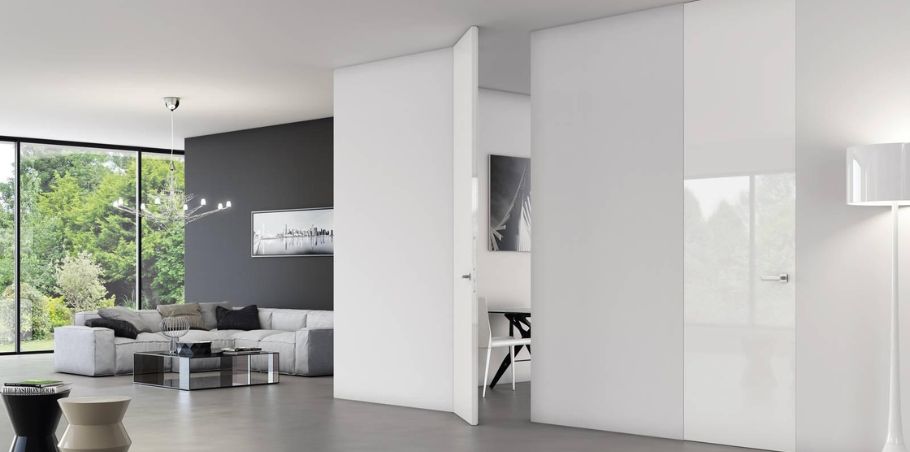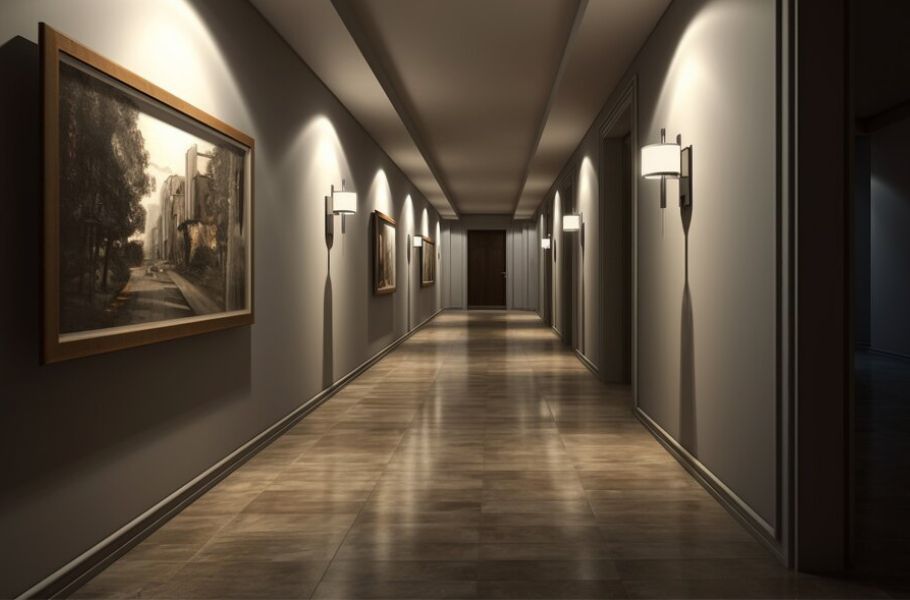Ceiling Doors That Transform Attic Access—Incredible Change
Attic ceiling doors have evolved significantly over the years. They have become essential features in modern architecture and design. Initially, attic access was often cumbersome and unsightly, but today’s ceiling doors offer a seamless and aesthetically pleasing solution.
Ceiling access doors and panels provide easy access to attic spaces, which are increasingly being utilized for storage, HVAC systems, and even living spaces. The demand for innovative attic access solutions is growing, driven by the need for efficient space utilization and improved home aesthetics.
Types of Ceiling Access Doors
The market offers a diverse range of ceiling access doors and panels to cater to different project needs, whether residential, commercial, or industrial. Traditional hinged doors—while still popular—have been joined by more modern options, each designed to meet specific project needs, including:
Flush Ceiling Access Doors: These doors integrate seamlessly with the ceiling, providing a clean, unobtrusive look. They are ideal for spaces where aesthetics are a priority.
Recessed Ceiling Access Doors: Slightly recessed into the ceiling, these doors offer a neat finish and are often used in commercial buildings.
Fire-Rated Ceiling Access Doors: Made from fire-resistant materials, these doors protect a building’s structural integrity by preventing the spread of fire.
Gasketed Ceiling Access Doors: These doors feature airtight seals, making them perfect for controlled environments where air leakage must be minimized.
Security Ceiling Access Doors: Reinforced for high-security areas, these doors provide additional protection against unauthorized access.
Benefits of Innovative Attic Ceiling Doors
Innovative attic and ceiling access doors offer numerous benefits, such as:
Aesthetic Appeal: Modern designs blend seamlessly with interior decor, enhancing the overall look of the space.
Space Optimization: These doors efficiently use attic space for storage or additional living areas.
Enhanced Safety: Innovative doors often incorporate safety features, such as locking mechanisms and sturdy construction, to prevent accidents and injuries.
Energy Efficiency: Improved insulation reduces energy costs by maintaining consistent indoor temperatures.
Enhanced Accessibility: Attics are easier to access for maintenance, storage, and other uses, making them a more functional part of the home.
Key Features to Consider
When selecting an attic ceiling door, consider the following features:
Material Quality: Choose durable materials that resist wear and tear.
Insulation Properties: Look for doors with good thermal and acoustic insulation to improve energy efficiency and reduce noise.
Ease of Operation: User-friendly mechanisms, such as spring-loaded or hydraulic systems, make opening and closing the door effortless.
Safety Features: Fire resistance and secure locking mechanisms are crucial for building and occupant safety.
Aesthetic Integration: Select designs that complement the interior decor of the space, like the GFRG-R ceiling access door.
Installation Process
Installing an attic ceiling door involves several steps:
Gather the necessary tools and materials, including the door, framing materials, and safety equipment.
Measure the opening, cut the ceiling, frame the opening, and fit the door. Ensure all measurements are accurate to avoid gaps or misalignment.
Follow safety guidelines to prevent accidents during installation. This includes wearing protective gear and ensuring the ladder or scaffolding is stable.
While professional installation is often recommended, DIY enthusiasts may be able to install a ceiling access door with the right tools and knowledge.
Maintenance and Care for Ceiling Doors
Proper maintenance ensures the longevity and functionality of attic ceiling doors:
Regular Cleaning: Clean the door and surrounding area regularly to prevent dust and debris buildup.
Inspection and Repairs: Periodically inspect the door for any signs of wear and tear. Address issues promptly to avoid further damage.
Lubrication and Adjustment: Keep hinges and locks well-lubricated to ensure smooth operation. Adjust the door as needed to maintain proper alignment.
Compare Modern Ceiling Access Doors With Traditional Solutions
Modern ceiling access doors offer several advantages over traditional solutions:
Design and Aesthetics: Modern doors provide a seamless integration with the ceiling, unlike conventional bulky designs that can be an eyesore.
Functionality: Enhanced features such as better insulation, security, and ease of use make modern doors more functional.
Installation and Maintenance: Modern doors are designed for easier installation and maintenance, saving time and effort compared to traditional methods.
Future Trends
The future of attic ceiling doors looks promising with several emerging trends, like the following:
Smart Access Doors: Integration with home automation systems allows for remote control and monitoring of attic access.
Sustainable Materials: The use of eco-friendly and recyclable materials is becoming more prevalent, aligning with the growing demand for green building practices.
Advanced Insulation Technologies: Innovations in insulation materials and techniques will further improve ceiling doors’ thermal and acoustic properties.
Customization and Personalization: Tailored designs to meet specific architectural needs will become more common, allowing for greater flexibility and creativity in design.
Wrapping It Up
Innovative attic ceiling doors are transforming how we access and utilize attic spaces. By offering improved aesthetics, functionality, and energy efficiency, these doors are a valuable addition to any modern building. Architects and designers should consider these advanced solutions to enhance their projects’ overall design and usability.
If you gained new insights from this article, explore our blog, Gimkit, for more enlightening content.
Share this content:














Post Comment